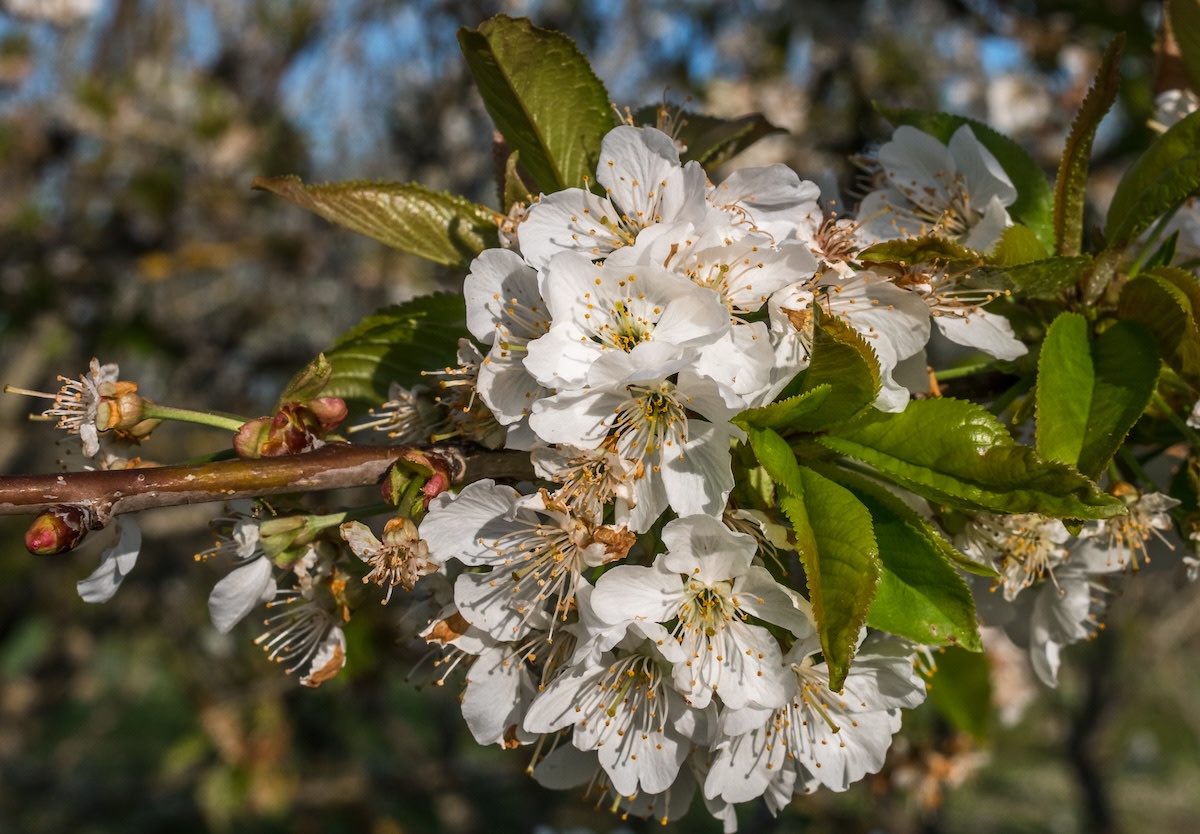Classic dessert cherry. Very large fruit, light yellow skin with red blush. Firm fine-textured flesh with a distinct delicious flavor. Colorless juice. Good fresh or canned. Quite resistant to cracking. Ripens midsummer. Vigorous productive tree. Early to come into bearing. Requires a second variety for pollination. Z4/5. Indigenous Royalties. BACK! (3–6' grafted bare-root trees)
Items from our perennial plants warehouse ordered on or before March 7 will ship around March 31 through late April, starting with warmer areas and finishing in colder areas. Orders placed after March 7 will ship around late April through early-to-mid May, in the order in which they were received.




